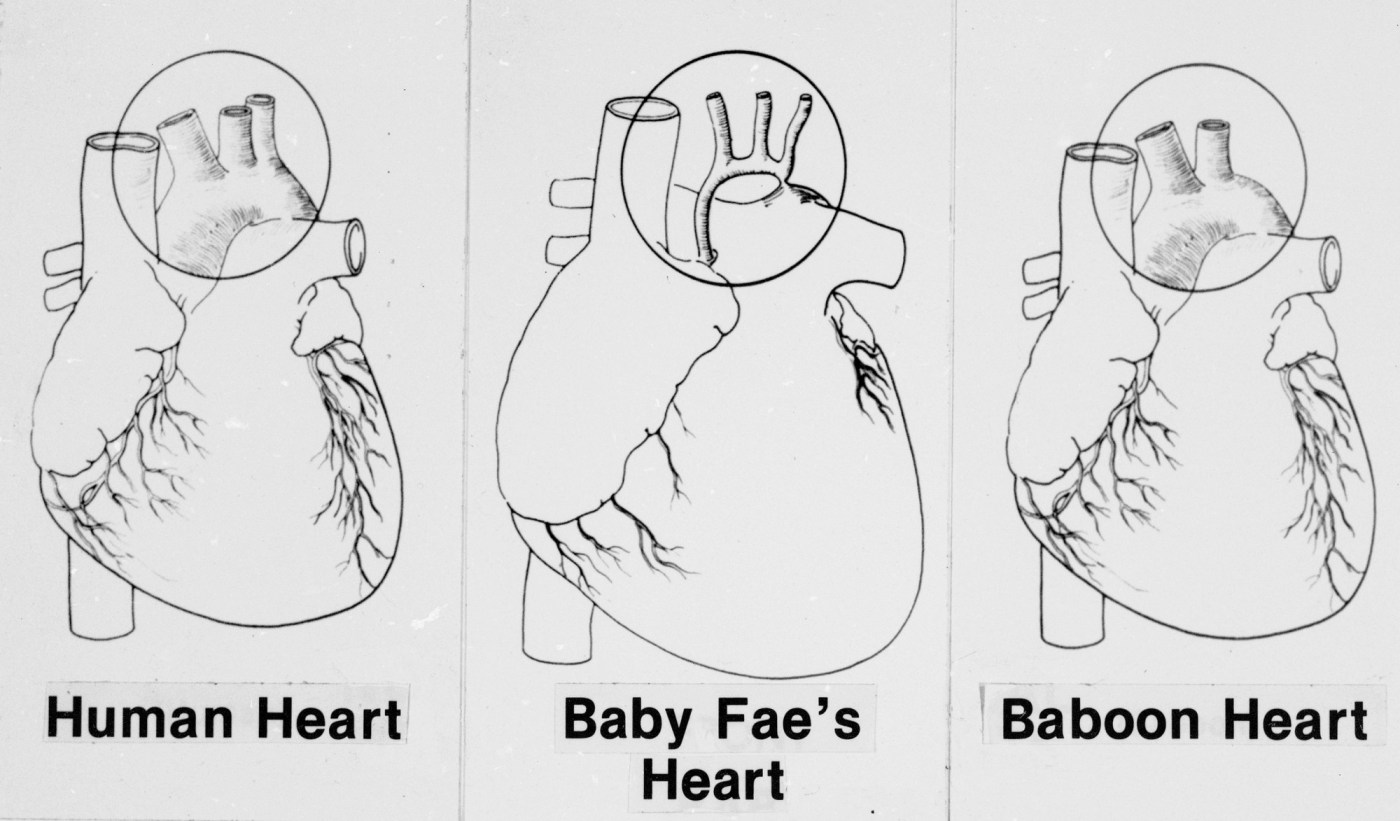A recent study has revealed that vaping has impeded progress in reducing adolescent smoking rates in Aotearoa New Zealand. While adult smoking rates have significantly decreased from 18% in 2011/12 to 8% in 2023/24, disparities remain pronounced among Māori and Pacific populations, who face higher rates of tobacco-related illnesses and early mortality. Understanding the interplay between vaping and smoking is crucial for addressing these health inequities, particularly among teenagers.
The study, published in Lancet Regional Health-Western Pacific, challenges previous assertions that vaping may be displacing smoking among youth, potentially accelerating declines in youth smoking rates. Instead, the findings indicate that the emergence of vaping around 2010 coincided with a slowdown in reducing smoking rates among adolescents aged 14 to 15.
To investigate the impact of vaping on smoking trends across various ethnic groups, the research team analyzed data from nearly 600,000 school students during the periods of 2003 to 2009 and 2010 to 2024. The study examined smoking behaviors among Māori, Pacific, European, and Asian adolescents, considering the significant differences in vaping prevalence within these communities.
By 2024, approximately 29% of Māori adolescents reported regular vaping, compared to 19% of Pacific, 11% of European, and 4% of Asian students. Despite notable declines in smoking rates across all groups since 2003, the rate of decline significantly slowed after 2010 for Māori, Pacific, and European youth, while there was no significant change for Asian adolescents.
In 2024, regular smoking rates among 14 to 15-year-olds were approximately 6.2% for Māori, 3.3% for Pacific, and 2% for European adolescents. If the pre-2010 downward trend had continued, the projected rates would have been 4.2%, 1.8%, and 0.7% respectively. This indicates that significantly more students in these groups are smoking now than would have been expected without the advent of vaping.
The researchers also explored alternative explanations for the observed slowdown in smoking reduction, such as the timing of vaping’s emergence and changes in cigarette affordability. Their analysis confirmed that the shift to vaping was indeed a defining moment, with no significant differences arising from testing various change years or considering affordability factors.
The implications of these findings are particularly troubling for Māori and Pacific youth, who already experience high smoking and vaping rates. Rather than mitigating harm, vaping appears to exacerbate nicotine dependence among these populations, complicating their health outcomes. The study underscores the need for targeted approaches to tobacco control that prioritize Māori and Pacific perspectives, incorporating equitable and socially just strategies.
Addressing these issues requires a concerted effort from the government to fulfill its constitutional and World Health Organization obligations. By focusing on community engagement and supporting Indigenous rights, policymakers can work towards reducing the harmful impacts of nicotine dependence on young people in Aotearoa.
This article is republished from The Conversation under a Creative Commons license.







